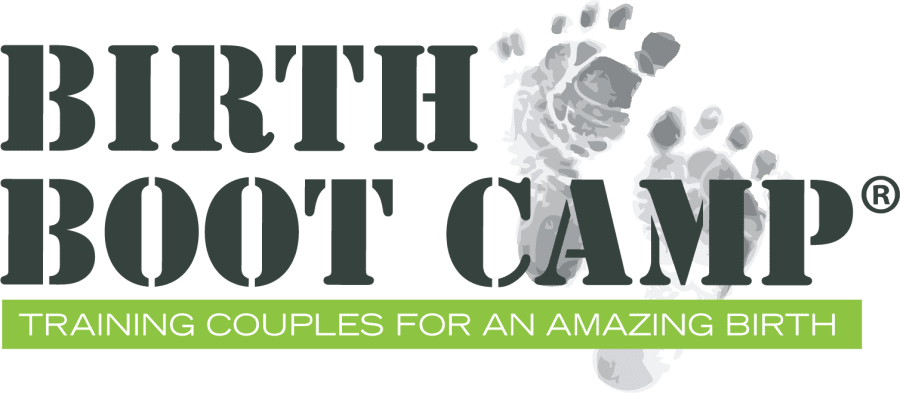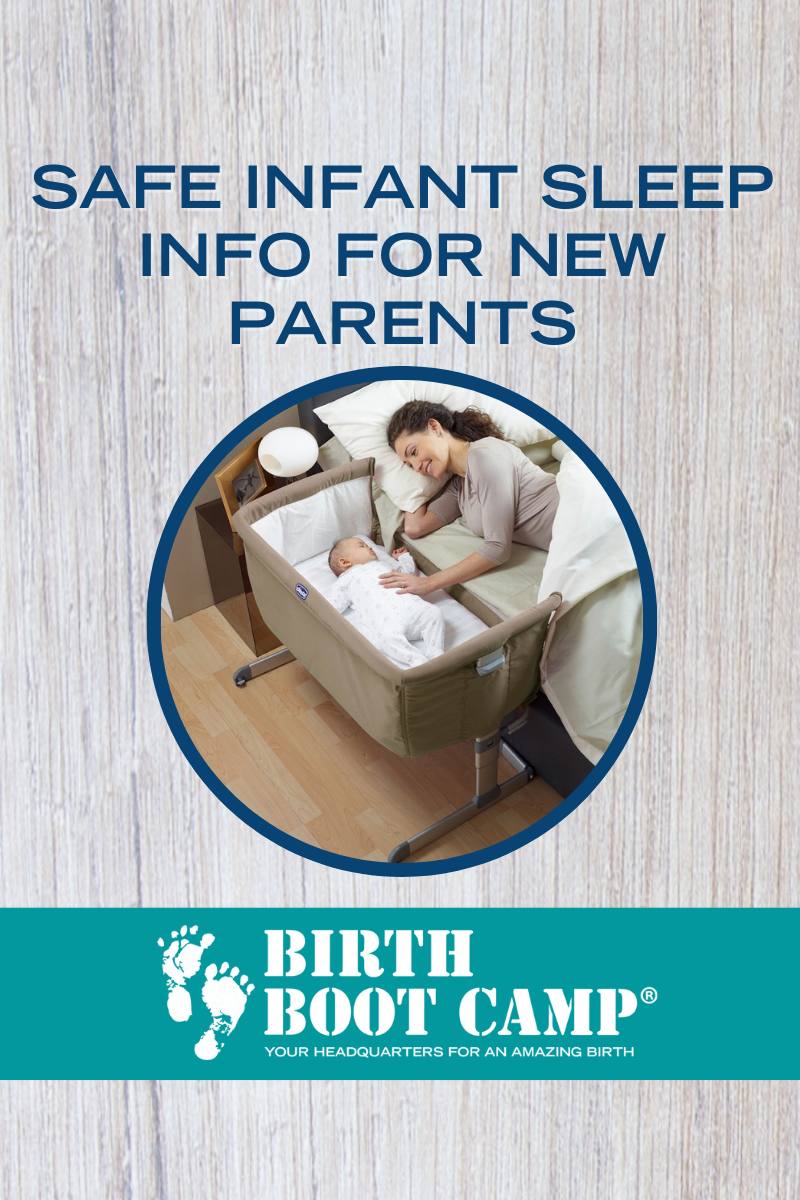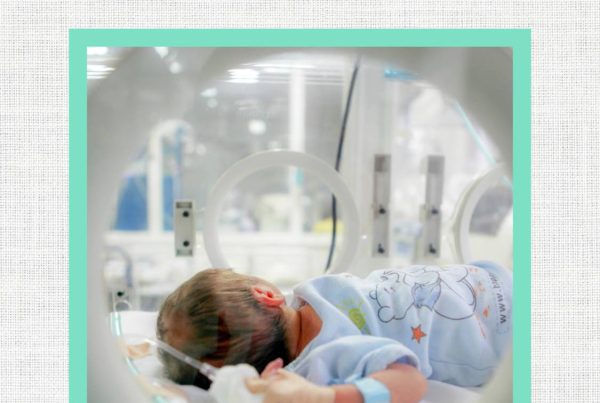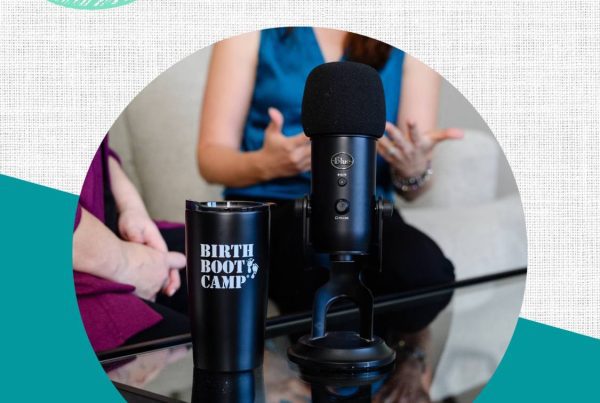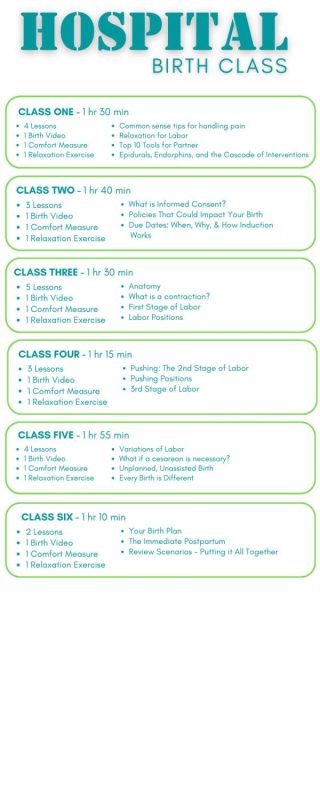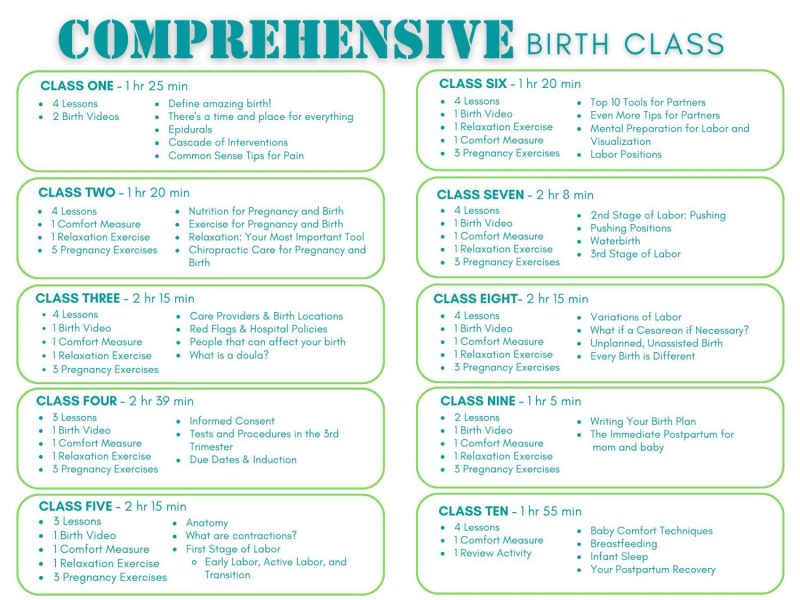When you have your new baby, people tend to have lots of expectations relating to infant sleep. Almost always these expectations are shattered with the arrival of an actual baby! There are many options regarding infant sleep, from co-sleeping to separate rooms.
As with any way your baby sleeps, safety is imperative. Here are some tips for safe infant sleep.
First let’s distinguish between the various places your baby can sleep. As with anything related to children and babies, this has become more and more complicated and even controversial in recent years!
Options for infant sleep:
Separate sleep space
Many people sleep with their baby in a separate room. This is fairly culturally normal for Western people, though not throughout the world or throughout history. Parents who use a separate sleep space often employ some type of baby monitor system so that they can hear baby as they awake.
Benefits to this are privacy for the parents in their room and a quiet space for baby. Negatives include slower response time to infant needs and the need to get up and leave a warm bed to respond to the infant, which is never fun in the middle of the night.
Sleep sharing or co-sleeping
Some families choose to sleep in the same room with their baby but not in the same bed or on the same sleeping surface. (The term co-sleeping refers to sleeping near a baby and can refer to many different ways to do this, from sharing a bed to having a crib in the room with the parents.) There are several ways to do this:
Co-sleeper: these can be set up right next to your bed and at the same level, so your baby is close to you and easy to nurse at night but has his or her own sleep space. This can be a good balance for people who want their baby close but not in their bed.
Bassinet: Bassinets can be set up in your room so baby is near, but they will have rails so there is more separation.
Crib: while some fit a baby crib in their room, often cribs are down the hall in a separate space. Though bulkier, some convert into toddler beds and so can be used for a long time.
Room sharing means you also have quick access to your baby and mom herself need not be fully roused to feed her baby and then place him or her back in their sleeping space.
Bed-sharing/Family bed
Many families also choose to bedshare as their way of sleeping near their baby. You can practice safe bed-sharing but there are a few suggestions it is important to heed in this instance.
Safe Sleep Dos & Don’ts
Do – Limit pillows and fluffy blankets on the sleep surface.
When co-sleeping becomes dangerous (which it does on occasion) it is sometimes because a baby has moved and suffocated under lots of blankets and pillows. Making sure your sleep area is clear of these things can make it safer for your baby.
Don’t – Sleep with your baby if intoxicated.
Safe co-sleeping is much more likely if you or your partner are NOT intoxicated or using medications that impact your ability to wake up. There are a variety of medications that can do this. Drugs or alcohol should also be avoided. If you do choose to drink or use drugs when you have a young baby, then be sure to keep your baby in his or her crib on those nights. Even light drinking is an issue, especially after having abstained for 9 months. Marijuana can also have an unsafe influence on co sleeping.
Don’t – Sleep on the Couch
The couch is off limits when sleeping with your baby. In your exhaustion the baby can slip down between the cushions and pillows. A flat and firm sleeping surface such as a bed is your friend. Waterbeds, couches, and recliners are not. Sometimes people are afraid that bedsharing is unsafe yet fall asleep, totally exhausted, on the couch with baby. This is not a safe option.
Don’t – Smoke
Smoking isn’t great for any baby and should be avoided around them at all times. Safe co-sleeping just doesn’t happen in a smoking environment and baby should be sleeping elsewhere.
Do – Breastfeed
Breastfeeding babies orient differently to their mother than a bottle-feeding baby, staying up high, near the breast and away from the bottom of the bed. There are good reasons why a baby needs to be formula fed, but it isn’t a good idea to sleep in the same bed with your baby if formula feeding is your reality. A sidecar or co-sleeper may be a better option if you still desire to have your baby close to you.
(Here are some helpful breastfeeding resources for new moms.)
Don’t – Have toddlers or pets sleep with baby
An older child or even a family pet will not be as aware of your baby as you are. It is best to have baby sleep near mama. Sometimes the partner is less aware of the baby than mother, so be aware of the safest place for baby.

As with anything regarding infants, there is ample controversy surrounding baby sleep. Because of some of the anti-co sleeping campaigns, some parents “secretly” co-sleep but do so without a knowledge of how to do this safely.
Infants thrive with closeness, attachment, frequent feedings, and constant love from their care providers. They also sleep for many hours a day (though not in one long stretch!). Parenting doesn’t end when the sun goes down- in fact, with a new baby or young children, parenting is a 24-hour job that doesn’t end at bedtime.
For this reason, it’s important to be conscious of how we parent, whether day or night.
(Here are some helpful tips for helping your baby gently sleep.)
When deciding what works best for your family consider safety, realistic expectations (infants are not designed to go long stretches without food), breastfeeding needs, your own personal needs, and your environment and then do what is safest for your individual situation.
